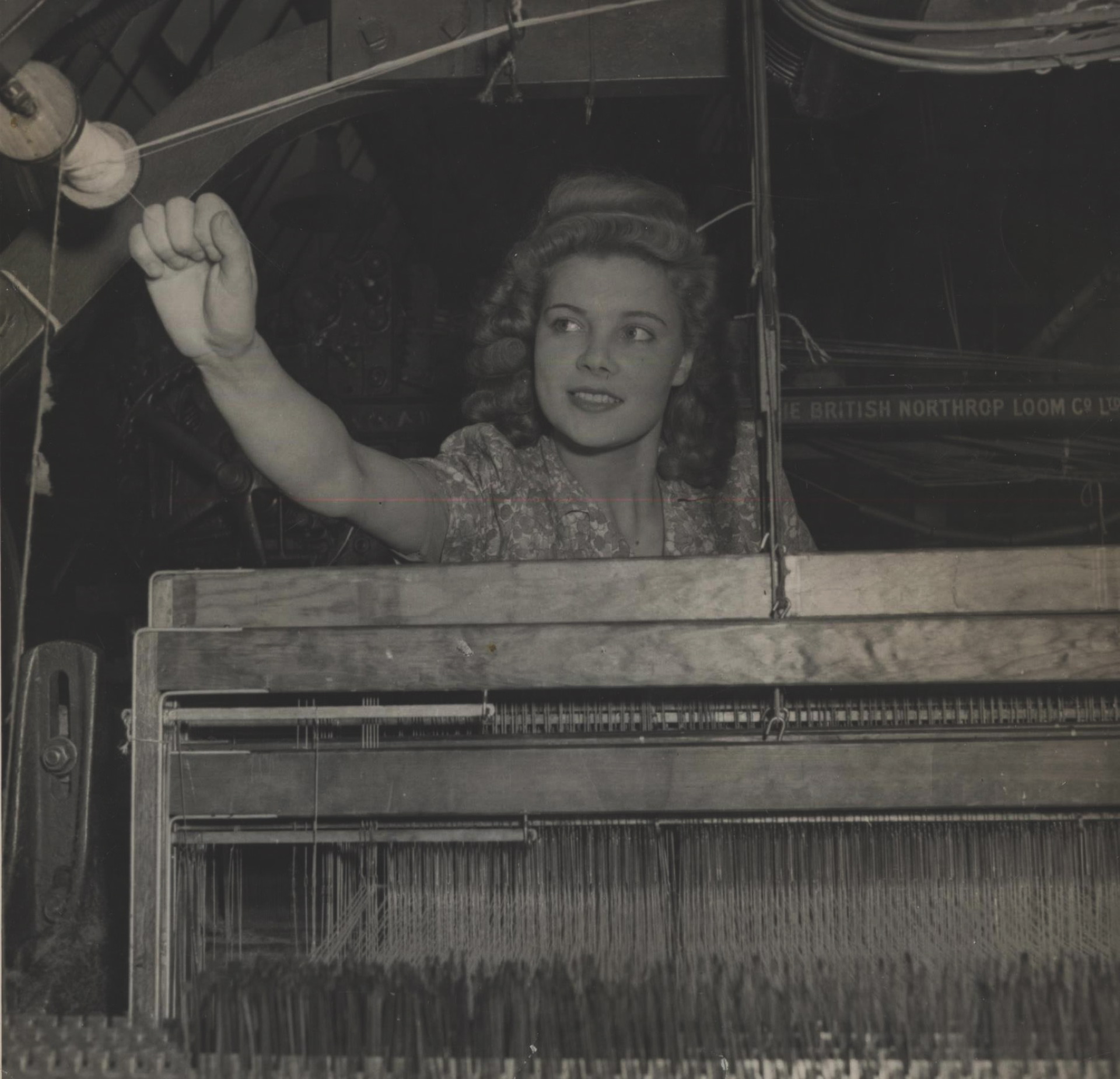Royal honours
A conversation with a 1948 wool queen has inspired an exhibition in Leeds celebrating a forgotten tradition that crowned female representatives of industry
“It was a chance meeting with Batley’s Doreen Fletcher that led to this exhibition,” recalls John McGoldrick, curator at Leeds Industrial Museum. “She was Yorkshire Wool Queen in 1948 and showed her old folders and photographs to a colleague of mine and things developed from there. This has all turned out to be a really rich piece of history that was almost buried for such a long time.”
Featuring much of Fletcher’s archive and titled Queens of Industry, this new exhibition is set to focus on the women – dubbed industry queens – who were chosen to represent the manufacturing trades in which they were employed.
Coal, wool, cotton and railway queens were all crowned regularly throughout the 20th century, each a working-class young woman who, according to McGoldrick, “was certainly conventionally attractive but had many, many more attributes beside”.
Winners were charged with helping create publicity for their industry. They often found themselves campaigning for peace between unions and management, aided drives for improved workers’ rights and, in some cases, were even introduced to political leaders as part of trade delegations.
“Cotton Queen Frances Lockett, from Hyde, met with prime minister Lloyd George and one railway queen, Audrey Mossom, went to Russia and met Stalin during an international goodwill visit,” says McGoldrick. “Interestingly, a lot of these intelligent women were used by their industries to make serious political, social and commercial points, and to help drum up trade, but it wasn’t done in a cynical way and they certainly understood the roles they were undertaking.”
Some of the material in the exhibition seems to recall another world, although accolades such as coal queen remained in existence into the 1980s. Attitudes toward workers’ rights, sexual equality and the manufacturing industries themselves have all changed dramatically during the last century but this exhibition need to be viewed in context.
“One of the most impressive things is the power these women had to bring communities together. People really threw themselves into celebrating the queens of industry roles with thousands of people regularly turning out to see them – 20,000 when Audrey Mossom returned home with her award,” says McGoldrick.
“They embodied a genuine sense of community and I really feel that’s been lost in this country.”
The titles began to slide into the history books around the early 1970s when women began to aspire to be much more than representatives of their chosen industry.
Alongside paying tribute to these pioneering women, the exhibition also aims to spark discussion about the experiences of women currently working in modern industries such as engineering, computer coding and mechanics.
“We have produced a video of a trainee train driver who talks about the barriers she’s faced getting into the profession and feature a female engineer who works at Leeds University. It’s the idea of showing role models and how, although there’s a way to go, women are now genuinely establishing themselves in these industries.”
Queens of Industry, Leeds Industrial Museum, Armley, from 3 November. Main photo: Doreen Kerfoot, Yorkshire Wool Queen, 1948 (Doreen Fletcher)

Leave a reply
Your email address will not be published.